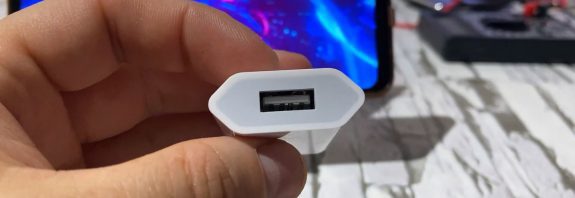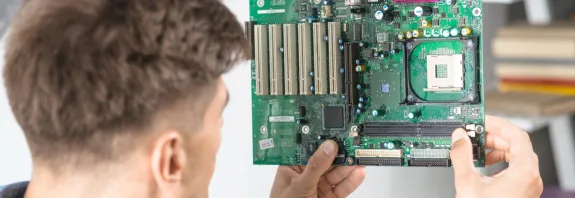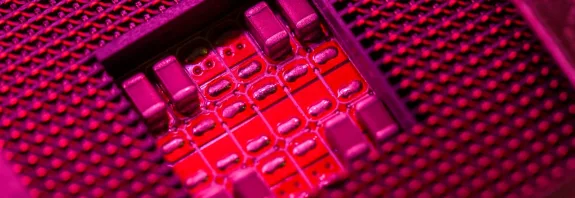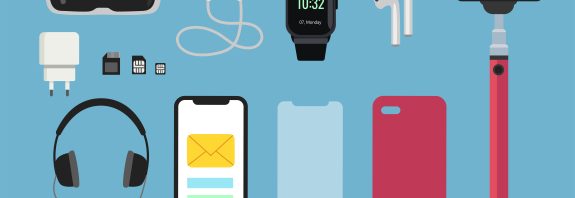How to enable fast charging

How to enable fast charging. Fast charging allows you to charge your device much faster than the normal charging mode. To enable or verify that fast charging is active, follow these recommendations:
How to enable fast charging?
- Check the compatibility of the device and the charger
Device: Make sure your smartphone or tablet supports fast charging. This can be found in the device specifications.
Charger: Use a charger and cable that support fast charging. Typically, these chargers come with the phone or are purchased separately (such as Qualcomm Quick Charge or USB Power Delivery adapters).
- Check the fast charging settings
On some Android devices, fast charging may be disabled by default or can be turned off in the settings.
Open “Settings” (Settings):
Go to the Settings app on your phone.
Go to the “Battery” section:
Find the Battery or Accumulator section.
Fast charging:
Check if there is an option “Fast charging” or “Fast charging function”. Make sure it is enabled.
- Use quality accessories
Always use original or certified chargers and cables to ensure fast charging works properly.
- Check the charging port
Make sure the charging port on your device is clean and free of dust or dirt that can affect charging speed.
- Charging conditions
Fast charging may not work if the device is too hot or too cold. Try to charge the device in comfortable conditions.
- Software updates
Make sure your device has the latest software. Manufacturers often update firmware to improve charging efficiency.
How to enable fast charging? If all these conditions are met and fast charging still does not work, the problem may be with the hardware part of the device or the charger and you should contact the service center.
Fast charging advantages and disadvantages
Fast charging has both advantages and disadvantages. Here are the main ones:
Advantages of fast charging
Fast charging:
The main advantage of fast charging is that it allows you to charge your device much faster. In a short time, you can get enough charge for everyday use.
Convenience:
This is especially useful when you have little time to charge before going out. In a few minutes, you can charge your phone for several hours of active use.
Less need for charging at night:
With fast charging, you can charge your device during the day when it’s convenient and not worry about charging at night.
Disadvantages of fast charging
Potential heating:
During fast charging, the device may heat up more than during normal charging. This can affect the comfort of using the device and potentially shorten the life of the battery.
Reduced battery life:
Frequent use of fast charging can cause the battery capacity to gradually decrease over time. This is due to increased thermal stress on the battery.
The need for special accessories:
Fast charging requires special chargers and cables, which are not always included with the device. Buying such accessories may be an additional expense.
Limited efficiency at high charge level:
Fast charging is most effective at a low charge level (up to 50-70%). When the battery is charged above this level, the charging rate is reduced to protect the battery.
Conclusion
Fast charging is a very useful feature, especially in situations where charging time is limited. However, it is worth considering the possible impact on battery life and use fast charging only when it is really necessary. For daily use, you can alternate fast and regular charging to minimize possible negative effects.









